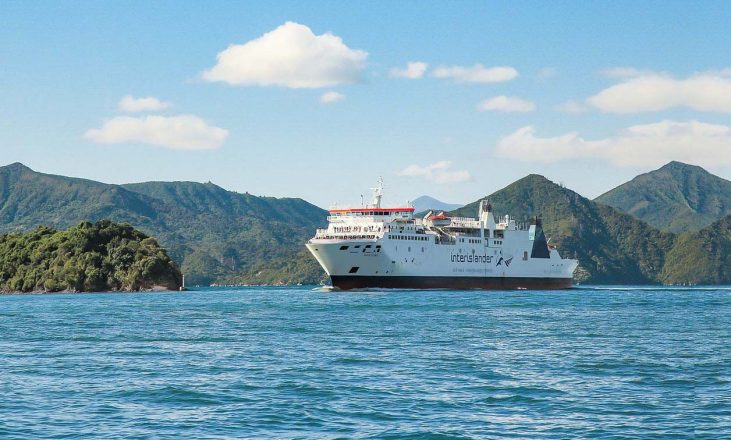키위레일(KiwiRail)은 남-북섬간 여객선 두 척의 신규 구매 자금을 조달하기 위해 3억 5천만 달러의 대출을 확보했다. 이번 대출은 기후채권 계획의 인증을 받은 세계 최초다.
기후채권 계획은 엄격한 과학적 기준을 활용해 대출과 다른 부채가 파리 기후협정의 목표와 일치하는지 판단하는 국제적 방안이다.
키위레일(KiwiRail)은 이 인증을 받기 위해 2050년까지 탄소 배출 제로 달성을 위한 분명한 방책을 보여줬다.
그렉 밀러(Greg Miller) 키위레일그룹 최고경영자(CEO)는 “이 여객선 기술 분야는 50년 동안 발전해왔다. 우리는 20년이 훨씬 노후한 페리에서 앞으로 30년 동안 지속될 최첨단 미래형 페리로 도약하려 한다. 탄소 배출량 감소가 설계에 큰 부분을 차지해왔다”고 말했다.
새 페리는 디젤, 배터리 전원, 해안가 전력의 조합으로 운항돼 현재 운항 중인 페리 대비 탄소 배출량을 40% 절감할 수 있다. 게다가 이 미래형 페리는 향후 전기로만 완전히 작동해야 할지도 모른다는 생각에 착안, 시간이 지남에 따라 배터리 사용의 증가를 허용하도록 설계됐다. 이 설계는 상용화됨에 따라 대체 저탄소 연료 공급원을 사용할 수 있도록 한다.
션 키드니(Sean Kidney) 기후 채권 계획 CEO는 대출 인증을 반겼다.
“운송의 신속한 탈탄소화는 배기가스 감소가 필수적이며, 이는 교통 부문에서 중요하다. 키위레일(KiwiRail)과 그 파트너들의 세계 최초의 운송 인증은 녹색 금융을 위한 국제적인 모범 사례로 채택한 것이며, 이를 축하한다.”
이 새로운 여객선은 현대미포조선소에서 건조되고 있다. 첫 번째 페리는 2025년에, 두 번째 페리는 2026년에 도착한다.


















































-helped-regain-her-strength-and-balance-using-Nymbl-after-a-fall.-360x245.jpg)










